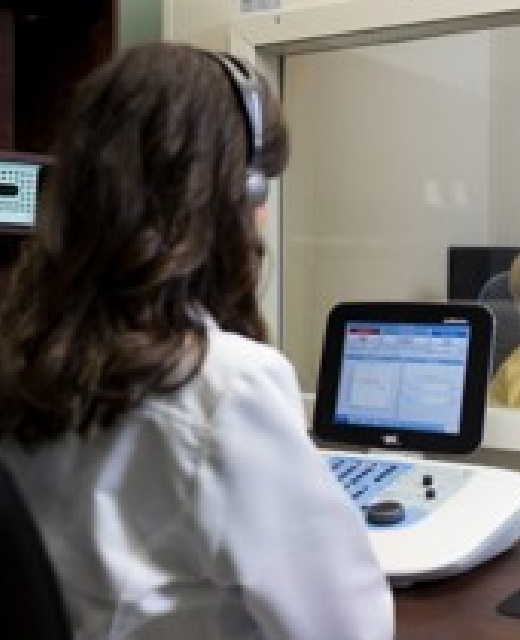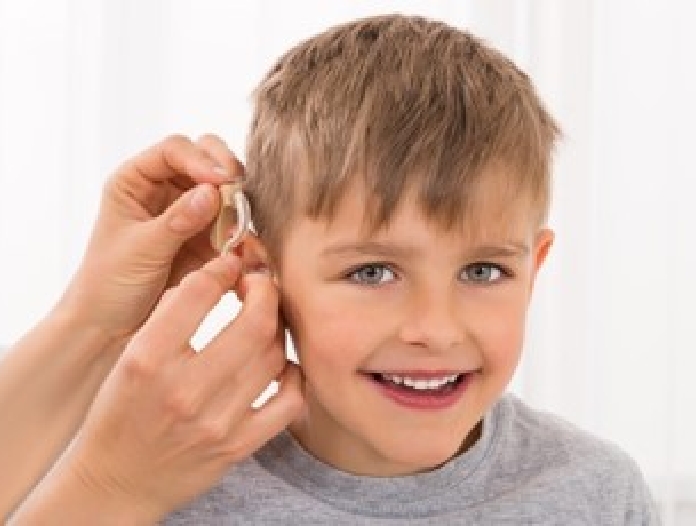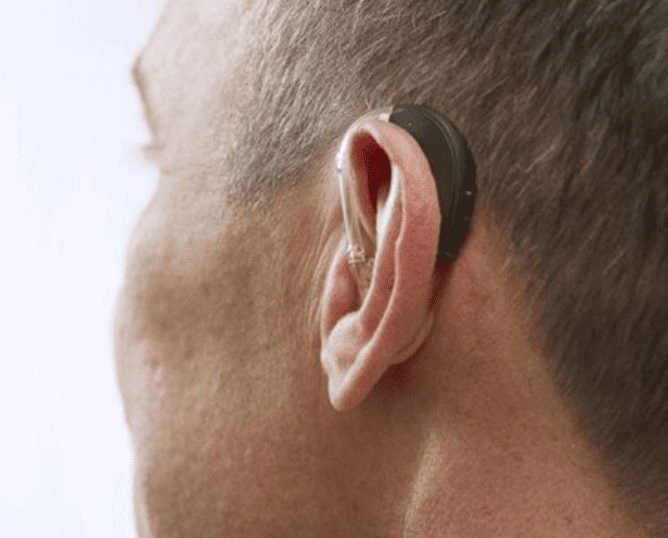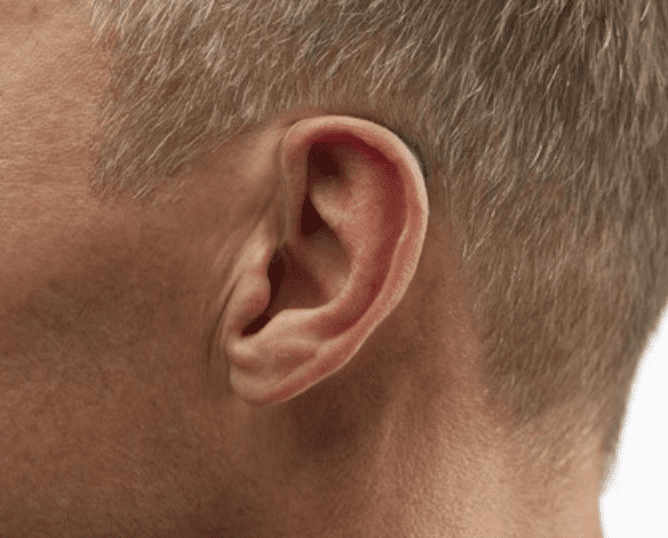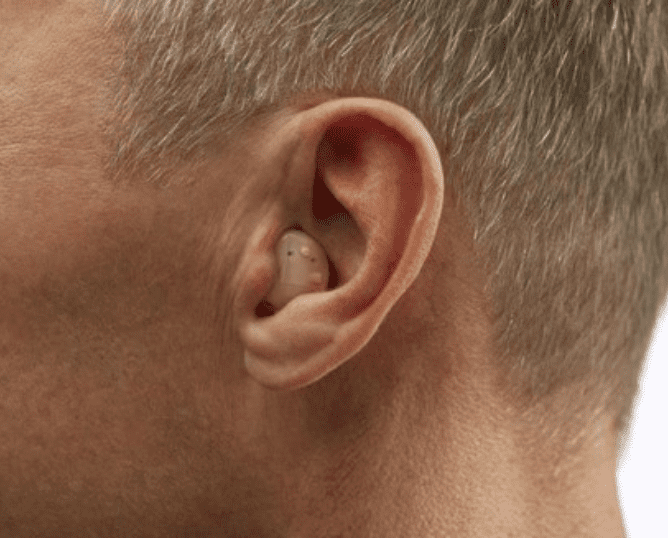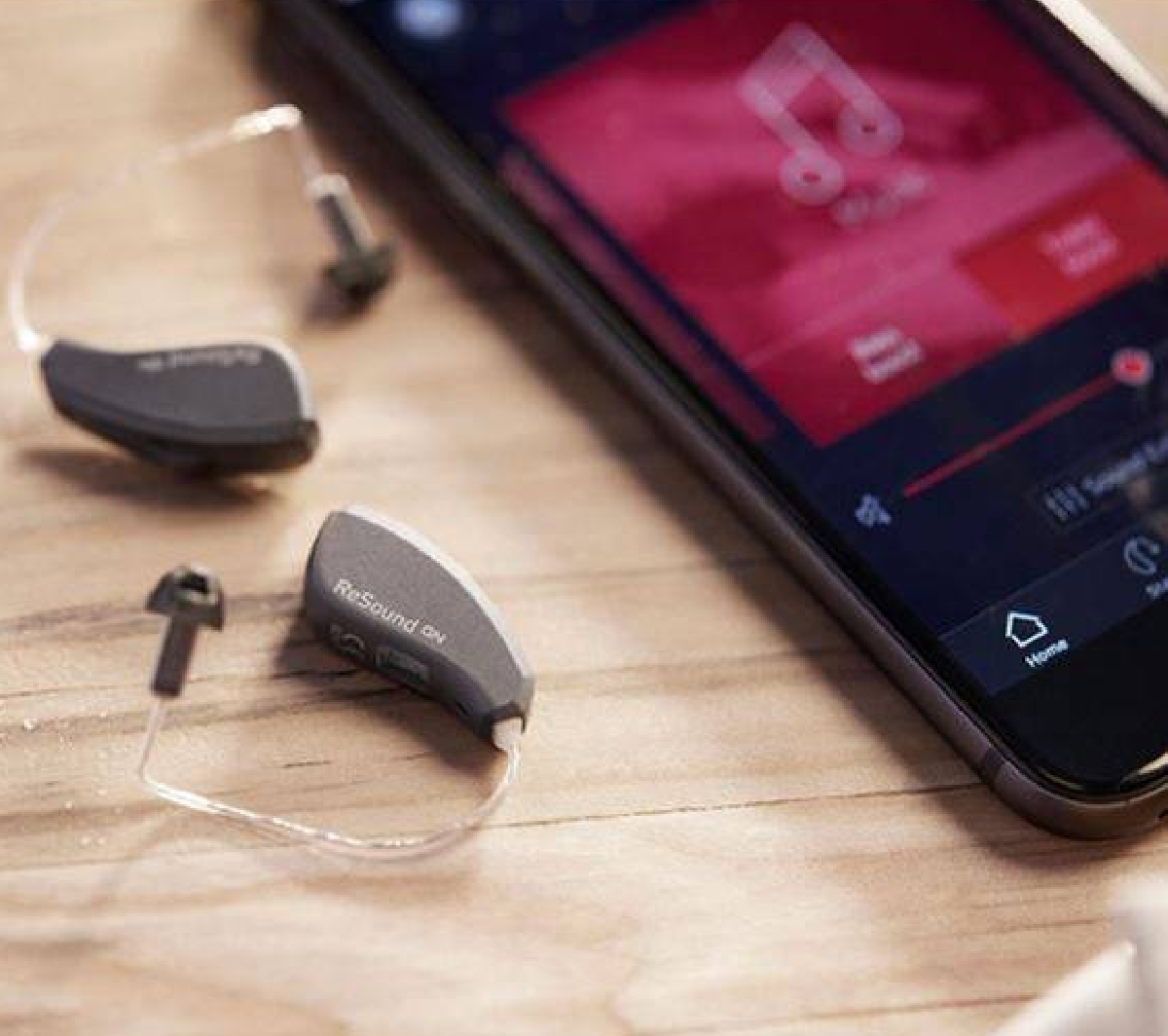
Receiver-in-Ear hearing aids
Receiver-in-Ear (RIE) hearing aids are a popular choice for those seeking a discreet and comfortable hearing solution. Unlike traditional Behind-the-Ear (BTE) models, the receiver (the part that converts electrical signals into sound) is placed within the ear canal, while the amplifier and other components remain in a small case worn behind the ear.
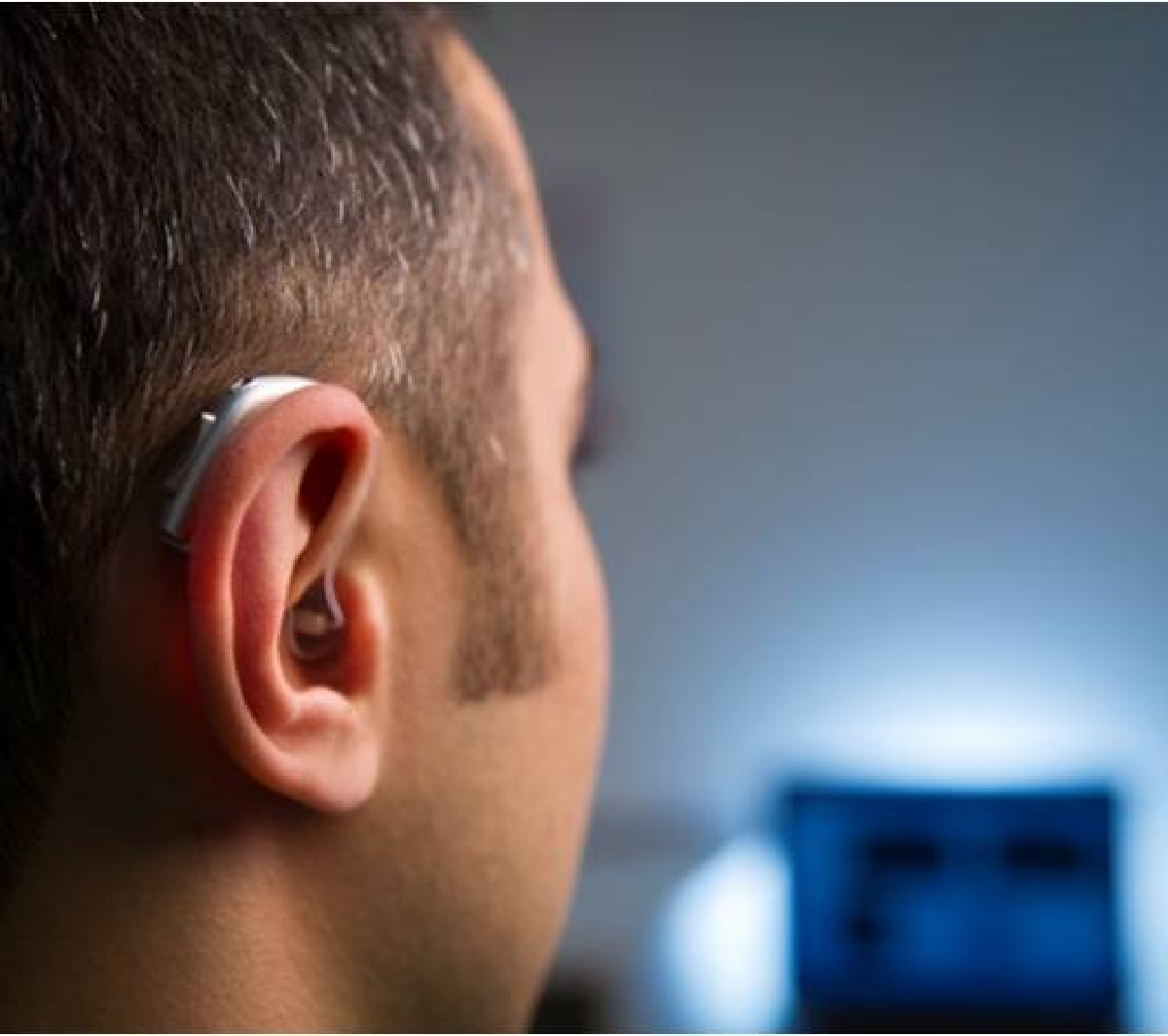
Receiver-in-Ear or BTE hearing aids?
The difference between Behind-the-Ear (BTE) and Receiver-in-Ear hearing aids is that on RIC/RIE the receiver sits directly in your ear, while BTE hearing aids have the receiver built into the part that sits behind the ear.
Benefits of RIE Hearing Aids
How do Receiver-in-Ear Hearing Aids Work?

Sound is captured by a microphone located on the behind-the-ear case. The microphone converts sound waves into electrical signals, which are then amplified and processed by the hearing aid’s circuitry. The amplified signals are transmitted to the receiver in the ear canal, where they are converted back into sound waves.
Frequently Asked Questions About Receiver-in-Ear (RIE) Hearing Aids
Q:What is the difference between Receiver-in-Ear and BTE hearing aids?
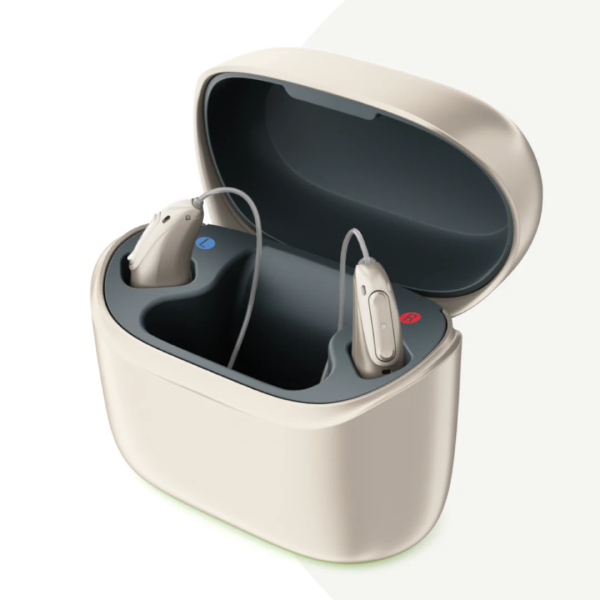
Ans:The primary difference is the placement of the receiver. In Receiver-in-Ear hearing aids, the receiver is located in the ear canal, while in BTE hearing aids, the receiver is behind the ear.
Q:Are Receiver-in-Ear hearing aids visible?

Ans:Receiver-in-Ear hearing aids are generally less visible than traditional BTE hearing aids due to the smaller size of the behind-the-ear component. However, visibility can vary depending on ear shape and hair length.
Q:Are Receiver-in-Ear hearing aids suitable for all types of hearing loss?

Ans:Receiver-in-Ear hearing aids can be a good option for many types of hearing loss. However, the best type of hearing aid will depend on individual factors, such as the severity of hearing loss and ear anatomy.
Q:How do I clean my Receiver-in-Ear hearing aid?

Ans:Follow the cleaning instructions provided by your audiologist. Generally, you should clean the earpiece regularly with a soft cloth and mild soap. Avoid using harsh chemicals or water.
Q:How often should I change the battery in my Receiver-in-Ear hearing aid?

Ans:Battery life varies depending on the type of battery and usage. It’s essential to replace the battery when it starts to weaken.
Q:What should I do if my Receiver-in-Ear hearing aid is not working properly?

Ans:If your hearing aid is not working correctly, contact your audiologist for troubleshooting or repairs.
Q:Do Receiver-in-Ear hearing aids have Bluetooth connectivity?

Many modern Receiver-in-Ear hearing aids offer Bluetooth connectivity, allowing you to connect to smartphones, TVs, and other devices.
Q: Can Receiver-in-Ear hearing aids hearing aids help with tinnitus?

Ans:Some RIE hearing aids offer features to help manage tinnitus, such as noise generators or sound therapy programs.
How much do hearing aids cost?

Ans :The cost varies depending on the type, features, and brand of the hearing aid. It’s essential to consult with a hearing care professional to determine the best option for your needs and budget.
Q:Can hearing aids improve my hearing?

Ans:The effectiveness of hearing aids depends on the type of hearing loss. Conductive hearing loss (caused by an obstruction in the ear canal) might improve once the obstruction is removed. For other types of hearing loss, hearing aids can significantly enhance sound perception.
Q:How do I take care of my hearing aid?
Ans:Proper care involves keeping the device dry, cleaning it regularly according to the manufacturer’s instructions, handling it with care, and storing it safely. Avoid exposure to heat, moisture, and hairspray.




















Hearing Aids
We provide a wide range of technologically innovative, programmable, undetectable, and comfortable hearing aids from leading global brands to suit all price points and Types of losses.
All hearing aids have the same components to transmit sound from the surrounding environment to your ear. However, there are numerous varieties of hearing aids that differ in size and placement in the ear. Some are barely unnoticeable since they may fit into your ear canal. Some just partially fit into your ear canal. In general, the price of a hearing aid rises with size and corresponds to its power, battery life, and size. Resound
We deal RESOUND ,PHONAK,WIDEX, OTICON, AUDIO SERVICE, SIEMENS, UNITRON, BERNAFON, and STARKEY.
